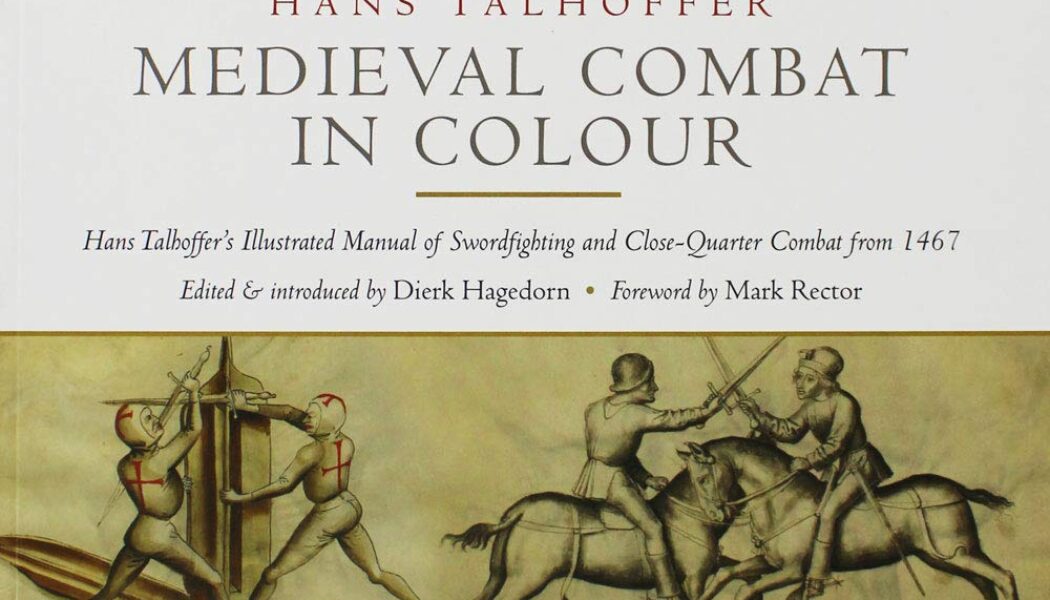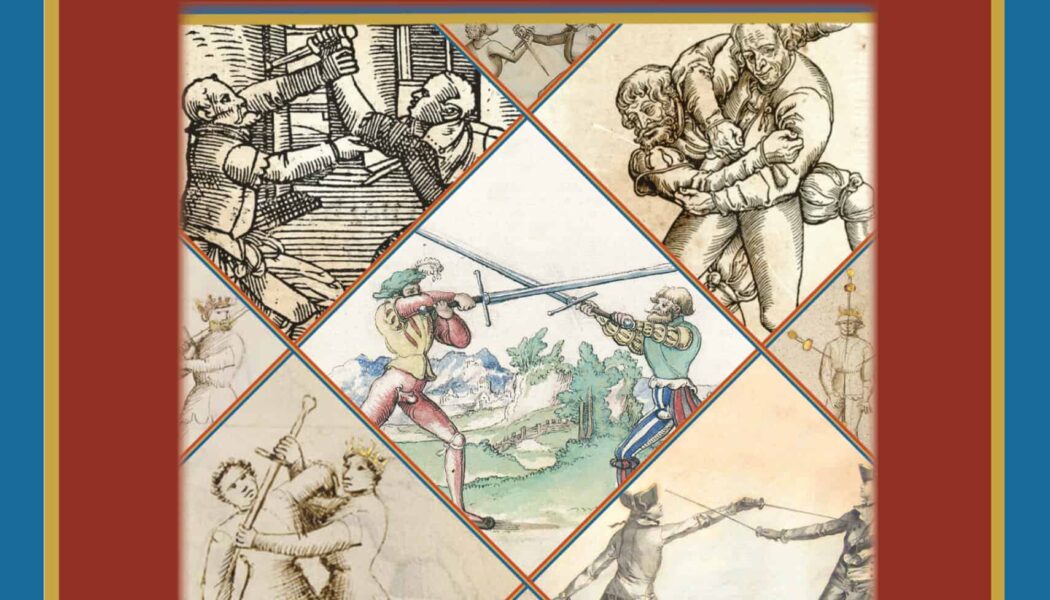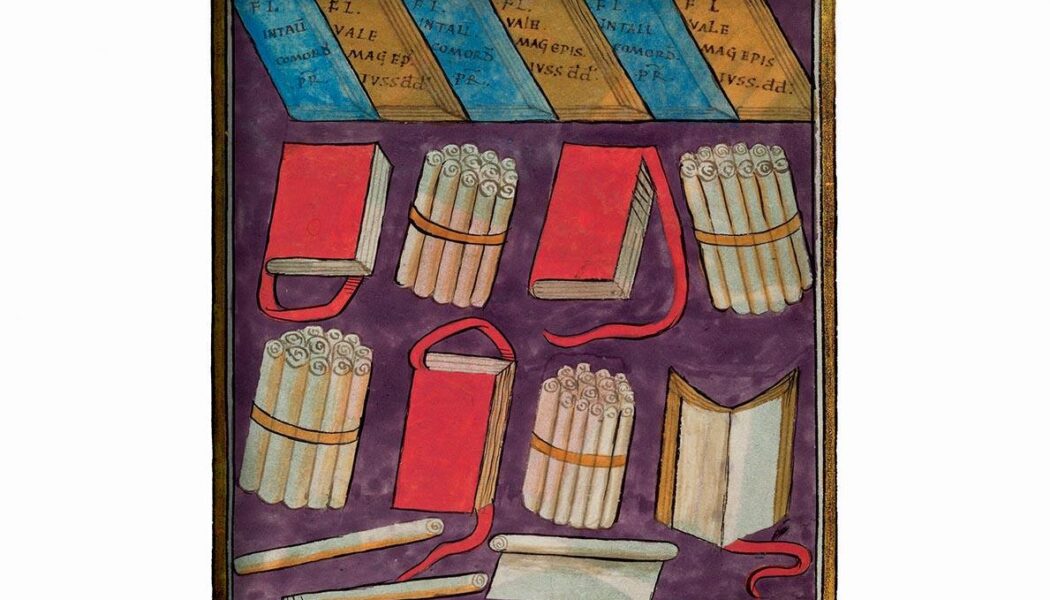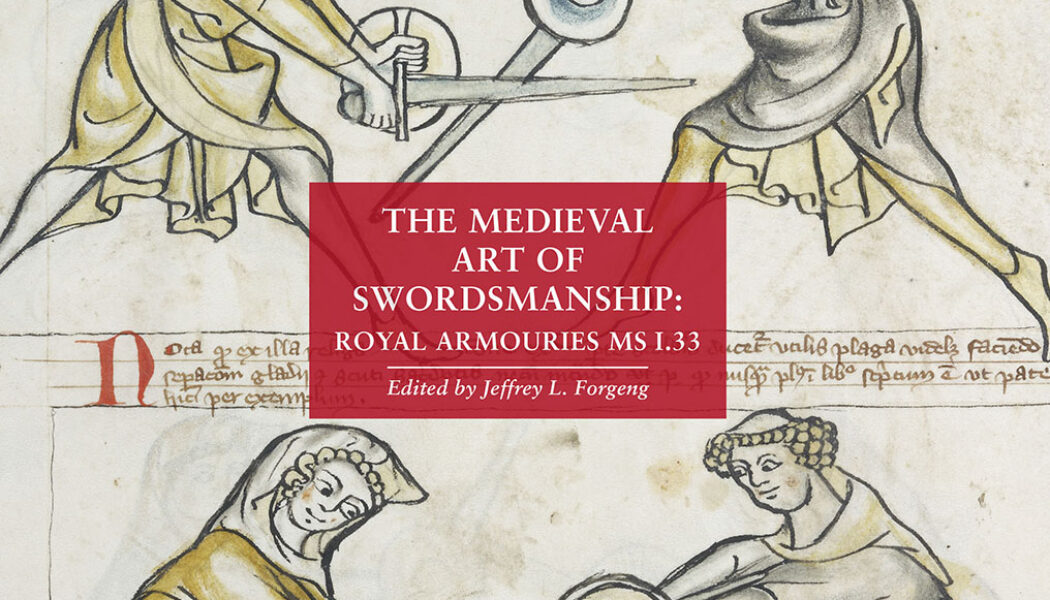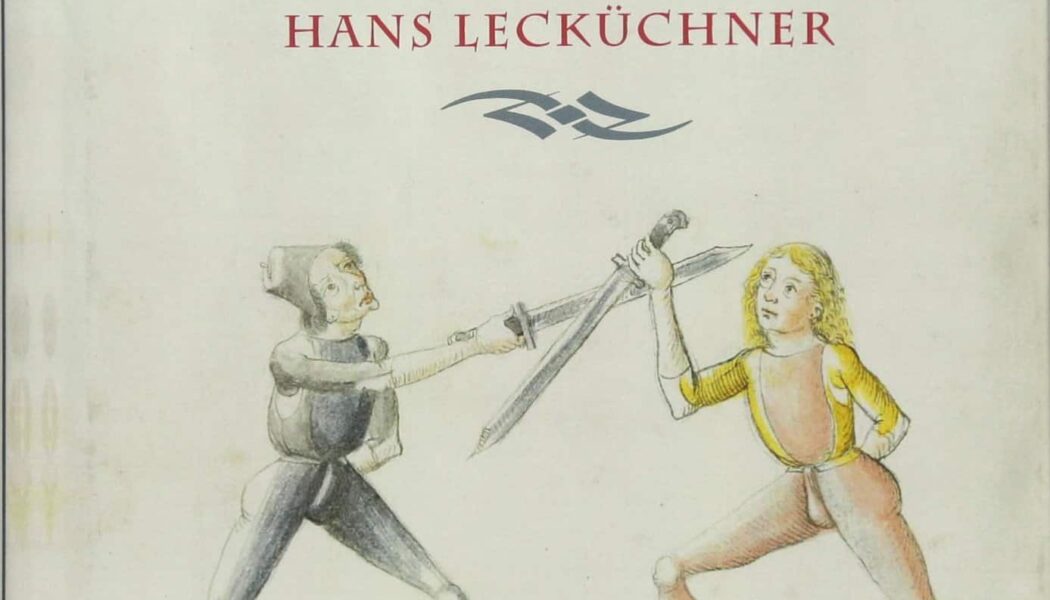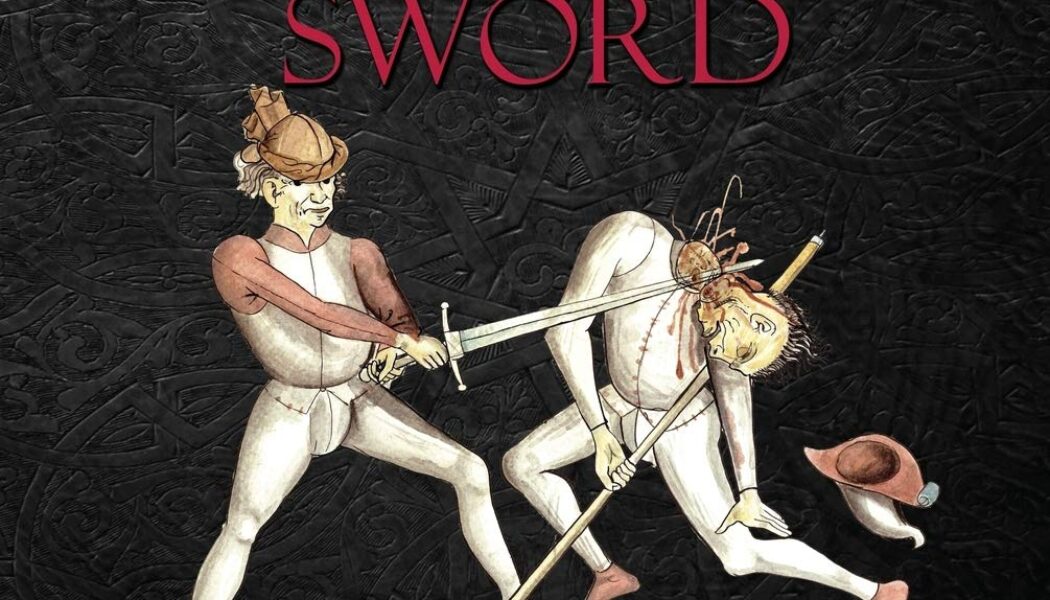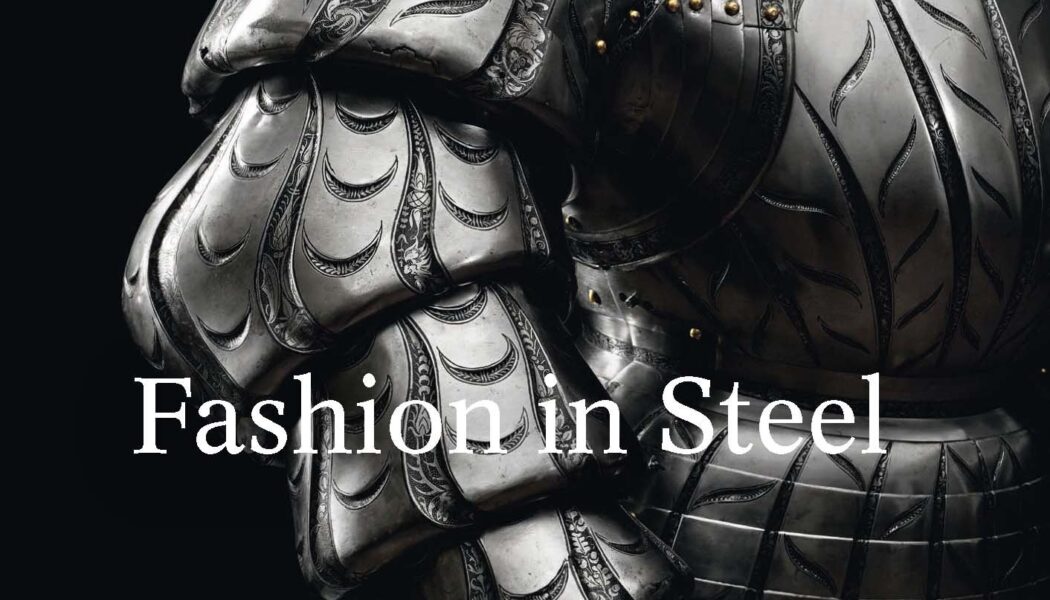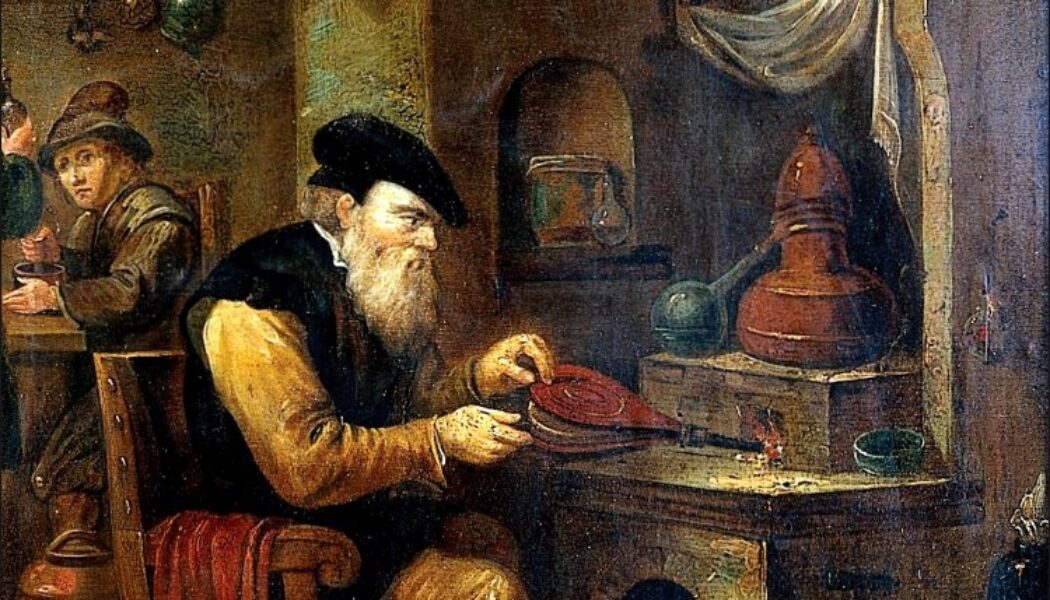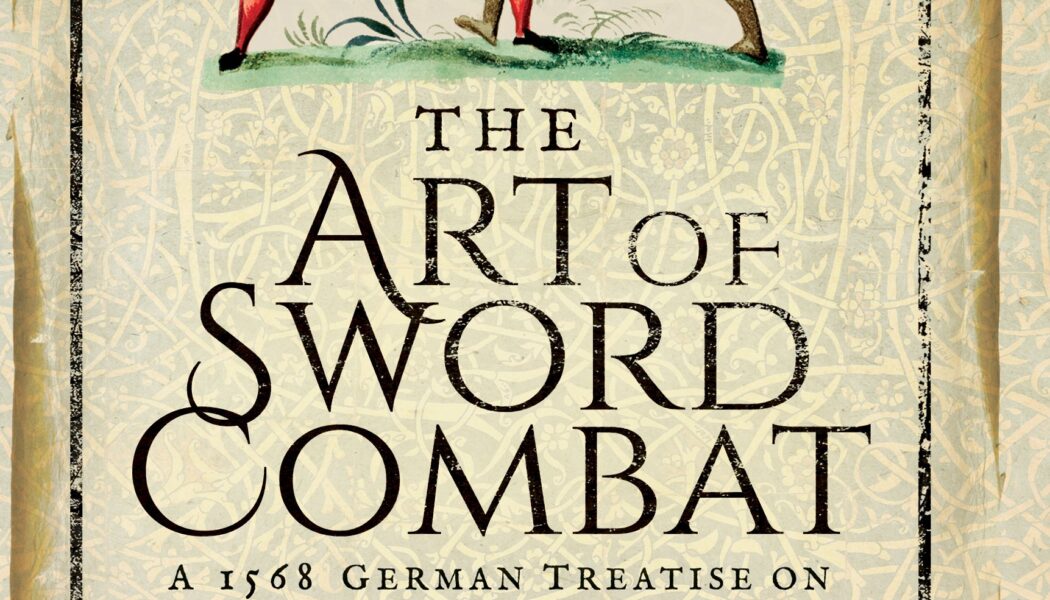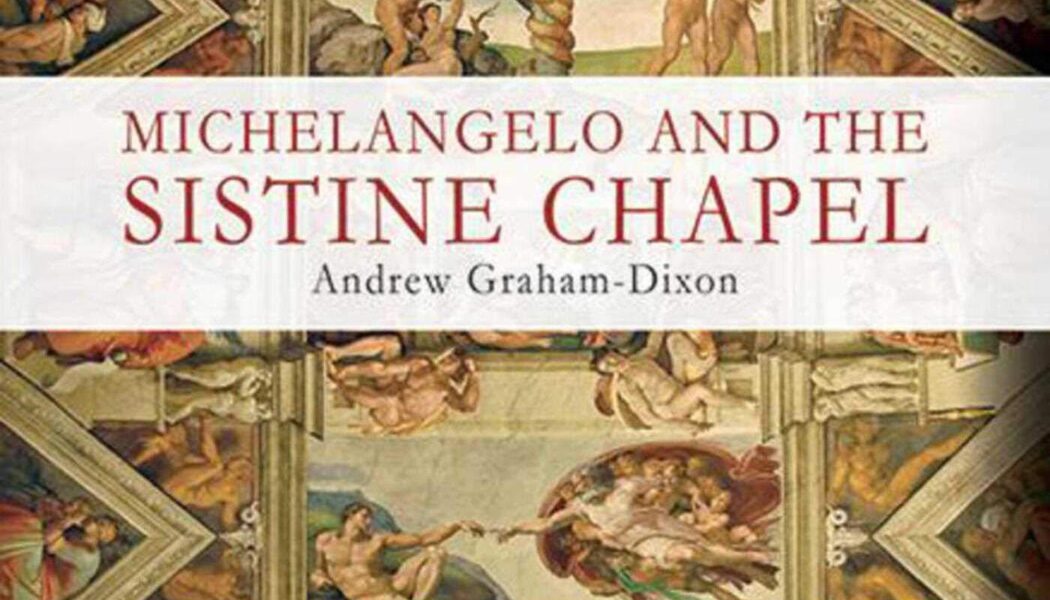art
Cats in Medieval Manuscripts
Medieval cats were viewed as treasured pets, as fearsome mousers, as canny characters in fables, as associates of the Devil, and as magical creatures. Featuring an array of fascinating illustrations from the British Library's rich medieval collection, Cats in Medieval Manuscripts includes anecdotes about cats—both real and imaginary—to provide a fascinating picture of the life of the cat and its relationship with humans during the Medieval period. A great gift for all cat-lovers.
Medieval Combat in Colour: Hans Talhoffer’s Illustrated Manual of Swordfighting and Close-Quarter Combat from 1467
Hans Talhoffer's professional fencing manual of 1467 illustrates the intricacies of the medieval art of fighting, covering both the 'judicial duel' (an officially sanctioned fight to resolve a legal dispute) and personal combat.
The Theory & Practice of Historical Martial Arts
An accessible, motivating read that includes many suggestions for further study, including courses, books and other resources, this book sets out to answer every question about historical martial arts you may have.
Making Medieval Manuscripts
Examining the work of scribes, illuminators, and bookbinders, this lavishly illustrated account tells the story of manuscript production from the early Middle Ages through to the high Renaissance.
The Medieval Art of Swordsmanship: Royal Armouries MS I.33
Royal Armouries Manuscript I.33, also known as the Tower Fechtbuch or the Walpurgis Manuscript, is the oldest known manual of swordsmanship in the Western canon. Dated to c. 1310, it is a stunning work of late medieval art and the Armouries’ most treasured manuscript, one so famous it has become known simply by its shelf number: I.33.
The Art of Swordsmanship by Hans Lecküchner
This translation, complete with all illustrations from the manuscript, makes the treatise accessible for the first time since the author's untimely death less than a year after its completion left his major work to be lost for generations. An extensive introduction, notes, and glossary analyze and contextualize the work and clarify its technical content.
Cutting with the Medieval Sword: Theory & Application
This book lays bare the principles of the use of the sword with unprecedented detail—principles that are universal across nearly all cultures and time periods, including our own. This information comes from centuries-old living lineage martial arts, medieval fencing treatises and decades of combined research, experimentation and application. It is accessible to anyone, from a complete beginner to a seasoned expert.
Fashion in Steel: The Landsknecht Armor of Wilhelm von Rogendorf
Recently conserved to its original glory, this magnificent suit of armor, made for a trusted courtier, diplomat, and commander of infantry units for the Habsburgs, deceives the eye: the steel sleeves drape in graceful folds, with cuts in the surface, suggesting the armor is made from cloth rather than metal. The author of this fascinating volume explores the question: why does the armor look this way?
Toxicology in the Middle Ages & Renaissance
The book approximately covers the 1100s through the 1600s, delving into different aspects of toxicology, such as the contributions of scientific scholars of the time, sensational poisoners and poisoning cases, as well as myths. Historical figures, such as the Borgias and Catherine de Medici are discussed. Toxicologists, students, medical researchers, and those interested in the history of science will find insightful and relevant material in this volume.
The Art of Sword Combat: A 1568 German Treatise on Swordmanship
The manuscript, produced in Strassburg around 1568, is illustrated with thirty watercolor images and seven ink diagrams. The text covers combat with the long sword (hand-and-a-half sword), dusack (a one-handed practice weapon comparable to a saber), and rapier. The manuscript’s theoretical discussion of guards is one of the most critical passages to understanding this key feature of the historical practice, not just in relation to Meyer but in relation to the medieval combat systems in general.
Michelangelo and the Sistine Chapel
Linking Michelangelo’s personal life to his work on the Sistine Chapel, Graham-Dixon describes Michelangelo’s unique depiction of the Book of Genesis, tackles ambiguities in the work, and details the painstaking work that went into Michelangelo’s magnificent creation.
Italian Renaissance Courts: Art, Pleasure and Power
In this fascinating study, Alison Cole explores the distinctive uses of art at the five great secular courts of Naples, Urbino, Ferrara, Mantua, and Milan.



